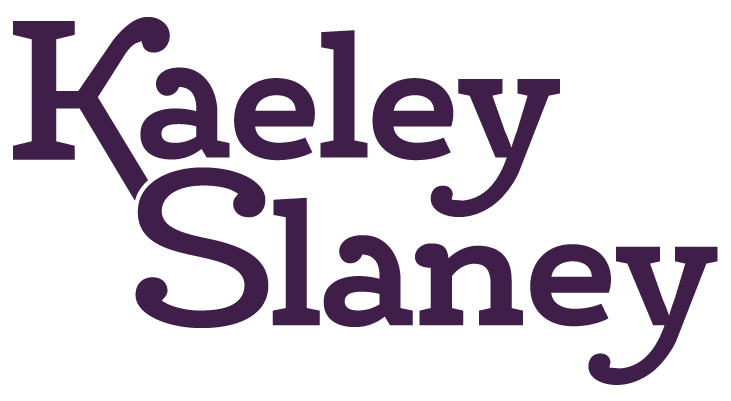Autotopia: Creating an Automated Utopia
Autotopia is a critical, speculative design project created as my undergrad thesis project at Emily Carr University. Autotopia imagines a world where employment, or work, is done primarily by machines and human-based employment is virtually non-existent. Presented as primarily an online exhibition of products and narrative objects, a conscious choice to allow for accessibility by the majority of the global population, Autotopia asks a viewer-participant to willingly suspend their disbelief and imagine what sort of implications are present for a future society to have created these objects.
Each of the narrative objects presented through Autotopia are created in ways that reflect, amplify and disrupt aspects of our current ways of life. As is common with the approach of speculative design, the presentation of Autotopia leaves a lot of information out, relying on viewer engagement to fill-in the socio-political blanks of the societies that created these objects.
Autotopia was shown at The Show at Emily Carr University during June, 2016, which is the annual graduation show. You can view the website shown at the exhibition here.
Project photography by Faber Neifer.
In the summer of 2015, while starting preliminary research for what would eventually become Autotopia, I came across a website that provided statistics for the probability of whether or not a job would be automated in the next 20 years. Intrigued, I delved into further research to understand what sort of implications automation would bring about to a society reliant on a very specific paradigm of working for a living.
Through my research, I saw that the possibility of widespread automation as a problem space that was not an issue that was being widely addressed, and when it was, it seemed to be through a point of view that technology would never progress to a point where it would displace the majority of working adults out of their jobs and furthermore, their income. I was more interested in removing the rose-coloured glasses and investigating a problem space where automation would be causing immense and far reaching effects to our society and our current paradigm of working for a living.
Although the current employment impact from automation is relatively small, with notable examples being self-checkouts, telemarketers, and automated assembly lines, some economists are predicting a continuing shift towards the complete automation of tasks and jobs. There are many economic benefits to replacing a human-based workforce with a machine-based one, namely an increase in profits for corporations, a sharp reduction in injuries and benefit payouts to employees as well as needing to hire less people while increasing production. However, our economy relies on consumers being able to purchase products and services and if those workers are completely replaced by machinery, there will be an inadequate amount of purchasing power available to maintain the capitalism-based economy.
My entire process documentation can be downloaded here!










